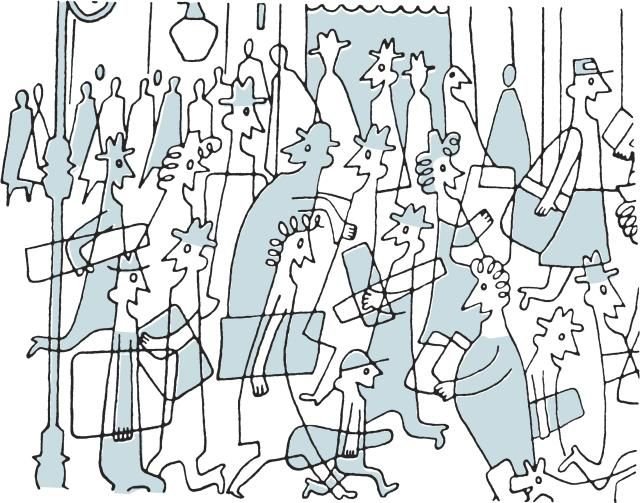Research has shown that gender has an impact on the strategy used to resolve a conflict. Some researchers believe that women are more cooperative than men, while others find that they are more competitive than men. Women are believed to pursue more community goals, while men are more concerned about individual instrumental goals. Women are more likely to choose and maintain strategies that maintain a positive relationship, but in some circumstances they are more persistent and use less avoidance tactics than men. The focus of control has an impact on strategy selection. Therapists and counselors advise a person to start a dispute over a conflict, especially in the field of interpersonal relationships, to ask some basic questions.
However, in order to avoid suffering and unnecessary pain, it is necessary to realize that interpersonal relations are based on negotiation. Among the tactics of influence that people dislike and reject when applied to them are: threats, deception, ignorance, "bypasses". Market / negotiation is a process by which people who want to reach an agreement try to find a solution to the problem. Its purpose is for each country to know what it is doing and what it receives, and the process focuses almost entirely on specific conflicting issues. So, as a person can not negotiate with himself, the situation is called outcome dependence. The participants face a dilemma: everyone wants an "agreement" that is most beneficial to him, but if he tries to maximize his results, those of the other side will become too unsatisfactory, and he may drop out. Each negotiation also includes the development of norms that define acceptable behavior, and also has an important time dimension. It is not to be considered that the only way in which the relationship between the members of a multitude is starting is always crowned with equivalence.
It may not do so and conflict. Differences are as natural to people as consent. And conflicts express the struggle of differences of supremacy. When it comes to rules for constructive conflict resolution, the process involves seven main stages that follow in sequence and have certain requirements: confrontation - direct expression of one's own opinion and feelings about the conflict, and inviting the other party to do the same. To solve the conflict, two factors are important - the quality of the relationship and the potential for reaction of the other. At this stage the rules are the following: Do not use the tactics hitting and running; share your feelings and feelings as openly as possible, do not direct your anger against personality and character, but only to the problem, do not close yourself, use descriptions of behavior rather than judgments and interpretations; do not put barriers to communication, do not hit the girdle; Consider the signs of the other's non-verbal behavior; prepare alternatives for a solution so that both sides can win; - reaching general rules - describing actions without insults and sticking; accepting the conflict for the problem of solving; a description of the conflicting actions of the two sides.
Explaining the positions and feelings - so to negotiate the position to change feelings about them; - appearance of the intention to cooperate - unequivocal expression of the desire to jointly tackle the problem by clearly determining each country what to do; - accepting the perspective of the other - the conflict must also be seen from the other's point of view; - compatibility of the negotiating motivation - it is only possible for one party to solve the problem.
